
When we hear “for back pain,” we often think of physical therapy or stretching, but in fact, strength training is also an effective means. In this issue, personal trainer Yasuzan Matsuura shares with us some “muscle training for back pain” that can be easily done at home!
In 2016, he began working as a trainer as a member of Beyond Gym’s start-up staff. Served as store manager of the Horie store in Osaka, Japan; in 2017, he reached the pinnacle in the Mr. Japan contest, after which he went independent. In October 2022, he founded Waffle Gym in Tachikawa, Tokyo. He is always ready to propose muscle training menus that meet the needs of customers.
Suponsered by
Why is muscle training effective in relieving back pain?
There are various causes of back pain, but it is said that it is mainly caused by a combination of factors such as bad posture, repetition of the same action, and stress. Bad posture causes damage to the lower back, repetition of the same action leads to poor joint movement, and stress unconsciously causes muscle stiffness and poor blood flow, which in turn leads to lower back pain. By doing muscle training, the trained muscles act as a natural corset, and the range of motion of the joints can be expanded through movements that are not normally done, as well as increasing blood flow and relieving stress. For these reasons, muscle training is said to be effective in relieving back pain.
Incidentally, there are two main types of back pain: ” specific back pain” and “nonspecific back pain. Specific low back pain refers to low back pain for which the cause can be identified, such as a herniated intervertebral disc. On the other hand, nonspecific back pain refers to back pain in which no obvious abnormality or disease is found to be the cause of the pain upon examination, although it is said to apply to more than 80% of those who suffer from back pain. Basically, it is nonspecific back pain that can be improved by muscle training, so if you experience not only back pain but also pain or numbness in your legs, it is recommended that you seek medical attention immediately.
Are there types of back pain that should not be treated with muscle training?
Needless to say, if you experience pain even when lying down, such as a hiccup (acute back pain) or acute type of herniated disc, rest without muscle training. Also, if the pain increases during or after muscle training, it is recommended to pause immediately. However, if pain occurs after muscle training, it is not uncommon for the pain to be caused by overdoing it, and in some cases, back pain can be improved by adjusting the frequency and range of motion of the muscle training. If you are unsure about self-training, it is recommended to do so under the guidance of an osteopath or professional personal trainer.
Five effective muscle training exercises for improving and preventing back pain!
From here, personal trainer Yasuyama Matsuura introduces muscle training effective for improving and preventing back pain. If you already have back pain or if it has been a while since you have exercised, do not overdo it and gradually increase the number of times and types of exercises.
Muscle Training Effective for Improving and Preventing Lower Back Pain (1) “Plank (Front Bridge)
The plank is a well-known training exercise for toning the abdominal area. It strengthens the erector spinae muscles that line the spine, the rectus abdominis muscle known for its six-pack, and the transversus abdominis muscle, which is the inner muscle of the abdomen. This is a great way to build a natural corset, but be careful not to injure your back if your form is not correct. If you are prone to a slouching back, it is recommended that you train with an awareness of loosening the pelvis and tilting it backward.
The plank is very easy to perform. All you have to do is lift yourself up from a prone position on your elbows, straighten your form so that you are in a straight line, and hold for a few seconds. It is easy to create a stable form if you are conscious of working the abdomen and imagine that you are lifting your buttocks up. If you are doing this for the first time, start with 20 seconds, then gradually increase the time you hold for 30 seconds, then 1 minute, and so on, as you get used to it.
Muscle training effective for improving and preventing lower back pain (2) “Hip lift
The gluteal muscles are the largest of the muscles that make up the buttocks. If the gluteal muscles are weak, the pelvis tends to tilt backward, and the impact of walking is directly transmitted to the lower back, causing lower back pain. The hip lifts introduced here not only train the gluteal muscles, but also strengthen the erector spinae and other muscles around the waist. It is also recommended for body building, so please try it out.
From a prone position, stand with your knees at 90 degrees, and place your hands on your sides with palms down. The feet should be about one fist width apart, with the toes pointing slightly outward so that the feet are firmly planted on the ground. From this position, lift your hips upward, supporting them with your feet and shoulder blades. When lifting, think of tightening the buttocks, and hold for 2 seconds when you reach the top of the lift to get a good feel for how it works. The standard is 3 sets of 10, but if it is too hard, adjust the number of times or the number of sets, and if it is not enough, increase the intensity by placing weights on the pelvis.
Effective Muscle Training for Improving and Preventing Back Pain (3) “Romanian Deadlift”
The Romanian deadlift is an exercise in which you hold a weight and bend forward with your knees lightly bent, which strengthens the hamstrings, the muscles behind the thighs, and the glutes in the buttocks. Another benefit of this exercise is that it improves the functionality of the hip joints. It can improve the stability of the pelvis and lumbar spine and the flexibility of the hamstrings, thereby reducing tension in the lower back, which is said to improve and prevent lower back pain.
Hold a dumbbell in each hand and open your legs slightly narrower than shoulder-width apart. Bend your knees lightly, tilt your pelvis forward, and after tensing your chest, roll your upper body down with the image of lowering the dumbbells toward your toes. At this point, it is important to always keep the hips high, so be careful not to bend the knees too much. If your body is too stiff, you can lower the dumbbells as far as you can without straining, aiming for three sets of 10 repetitions, and adjusting the intensity according to the weight of the dumbbells.
Effective Muscle Training for Improving and Preventing Back Pain (4) “Hip Abduction”
Abduction is an exercise that mainly works the gluteal muscles, the gluteus medius, as well as the gluteus maximus. While the gluteal muscles are involved in front-back movement, the gluteus medius is involved in side-to-side movement and holds the pelvic area in place to prevent the body from swaying to the left or right in a standing posture. If the gluteal muscles are weak, hip motion may be impaired, resulting in lower back pain.
Lie on your side, with the upper leg with the knee extended and the lower leg lightly bent. Then stand by with your lower arm bent to hold your head in place and your upper hand on the ground to stabilize your body. Keeping this posture, slowly move only the upper leg up and down. It is important to imagine tightening the buttocks when lifting up, and keeping the toes pointing outward will help contract the gluteus medius muscles. Aim for three sets of 10 repetitions, and do them once or twice a week to avoid overdoing it.
Effective Muscle Training for Improving and Preventing Back Pain (5) “Squats”
Lastly, I would like to introduce squats, a well-known muscle training exercise. It is said to be effective in improving poor circulation, which is one of the causes of back pain, because it is an exercise that can strengthen almost all the muscles of the lower body and mobilizes quite a large number of muscles. Also, by keeping the body as upright as possible, it is possible to approach the abdominal area. However, continuing with incorrect form may worsen back pain, so mastering correct form is the first priority.
Hold dumbbells in both hands and stand upright with feet shoulder-width apart and toes pointing slightly outward. At this point, keep your hands down, as lifting the dumbbells upward tends to cause the hips to bow. Then, with your chest firmly erect, lower your body while pulling your hips back slightly, as if you were sitting on a chair. If you are stiff or have lower back pain, move within a comfortable range of motion, and as you become accustomed to it, expand your range of motion. If you feel that the weight of the dumbbells is not enough, adjust the intensity by increasing the weight of the dumbbells.


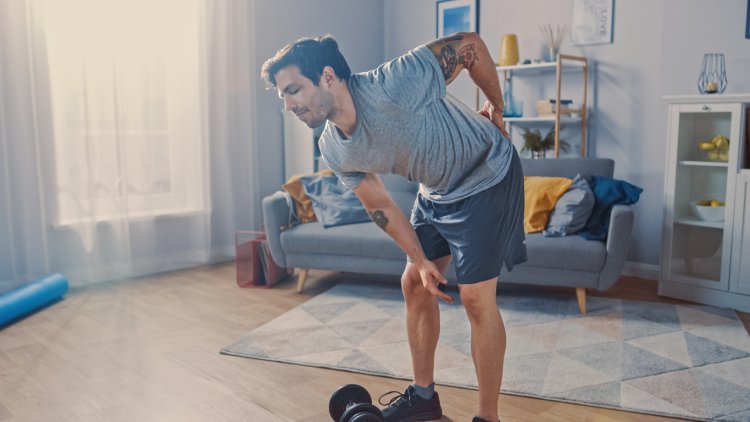
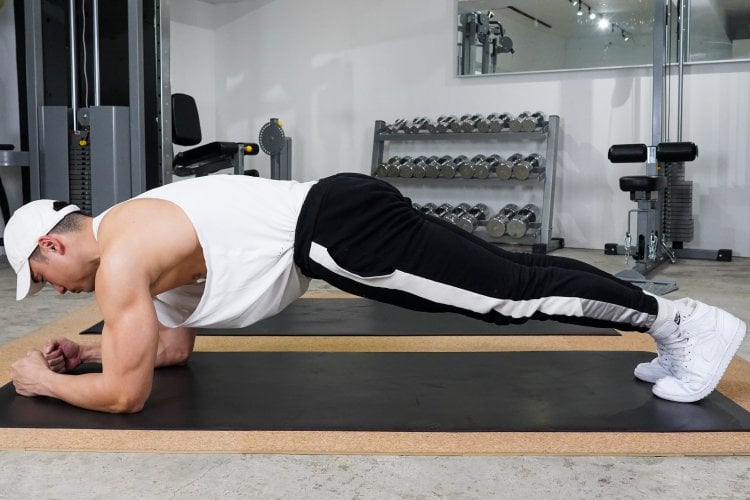
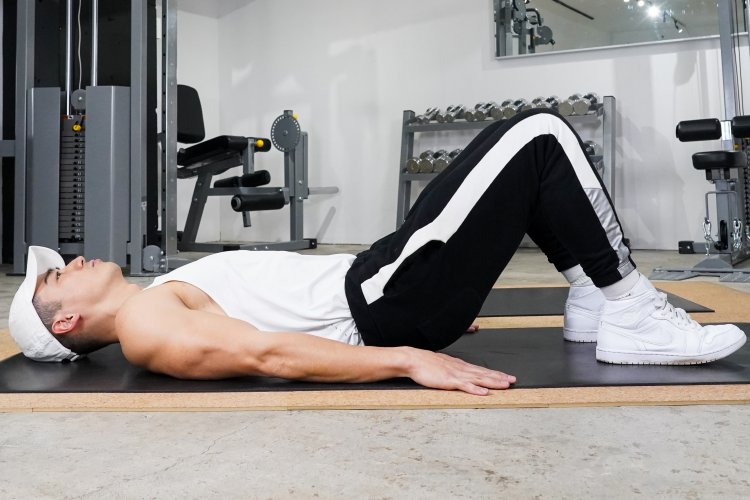
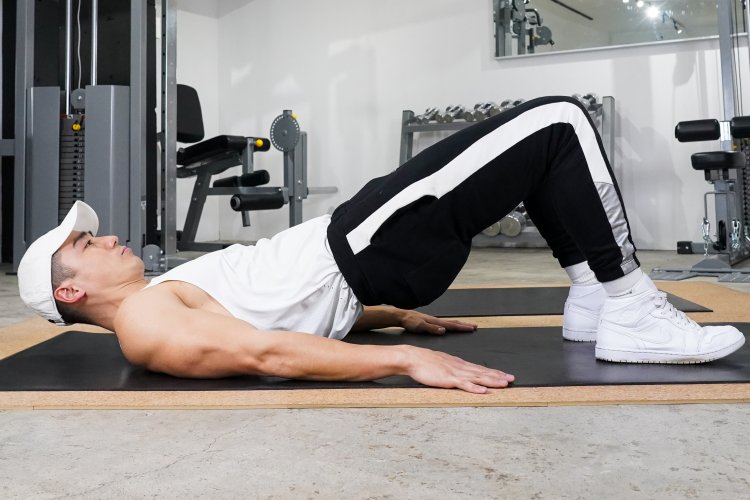
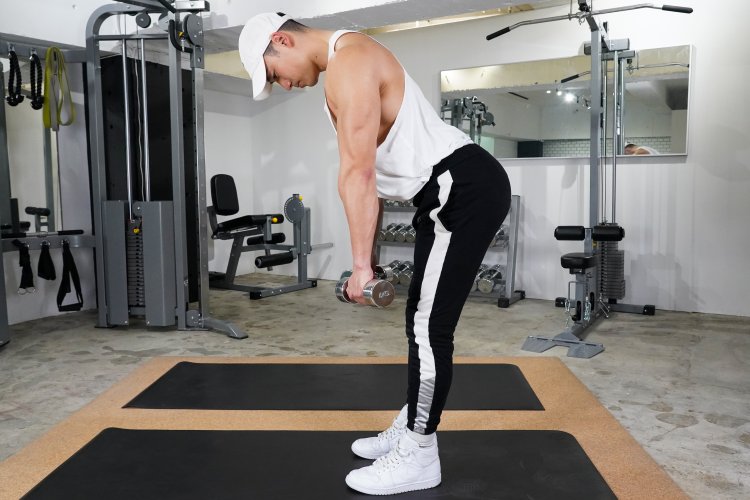
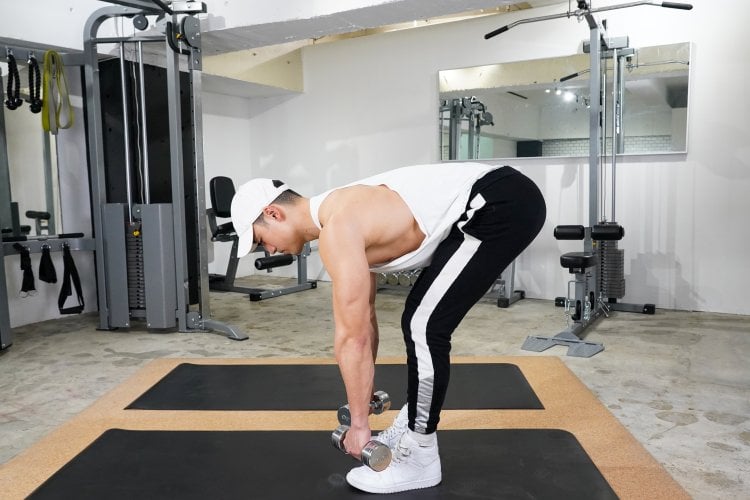
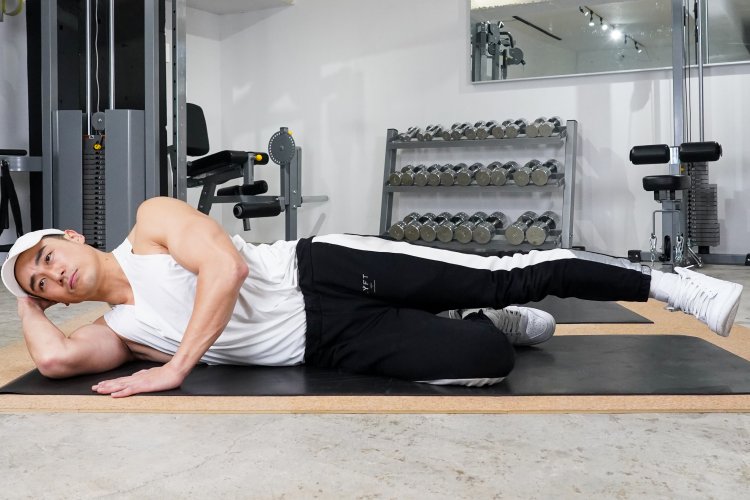
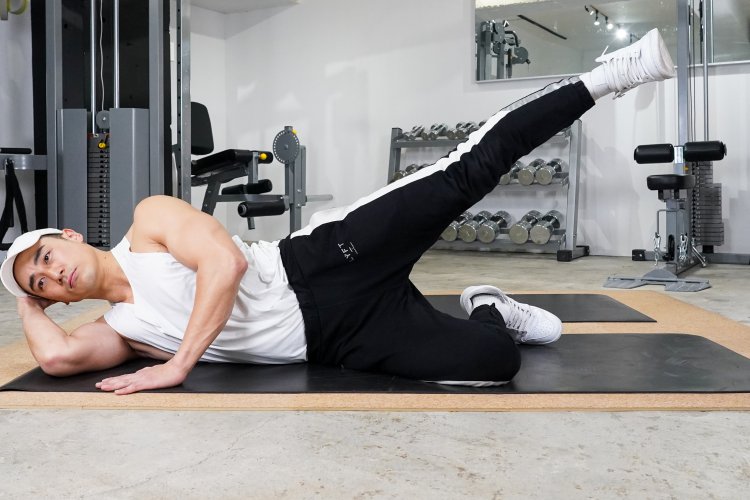

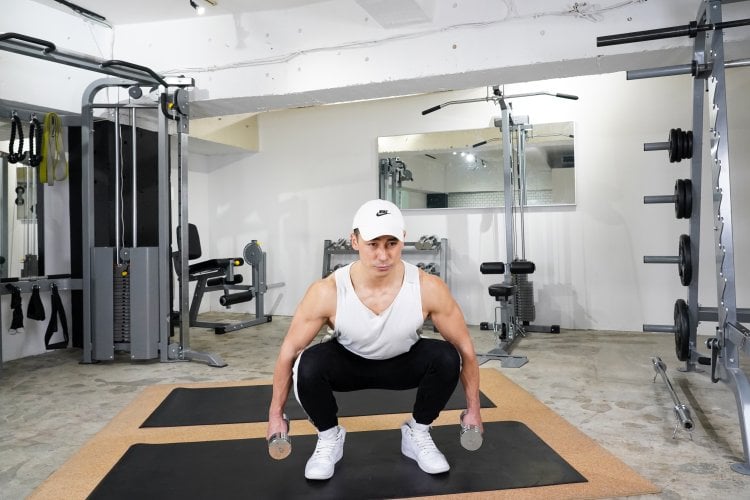
![What are the specific 5 changes that muscle training can bring to a man? [“The truth as experienced by practitioners.”]](https://otokomaeken.com/wp-content/uploads/2023/12/3ecb709c1f1613850249ba743b4b1457-630x331.jpg)

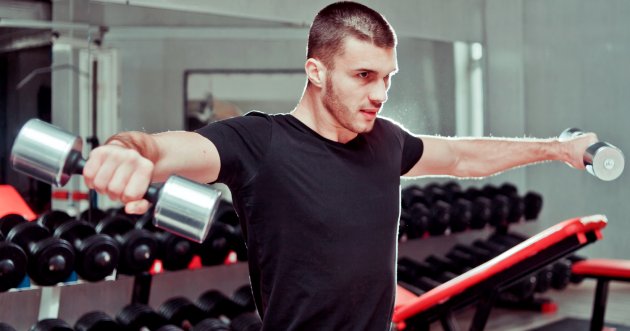


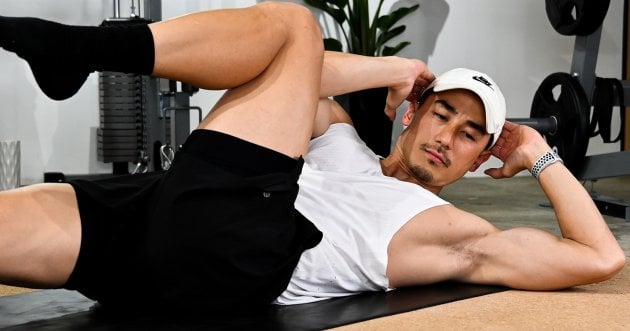





















![6 self-weight menus for leg training! Effective training for toning the lower body [ supervised by a professional ].](https://otokomaeken.com/wp-content/uploads/2023/03/2232-115x60.jpg)